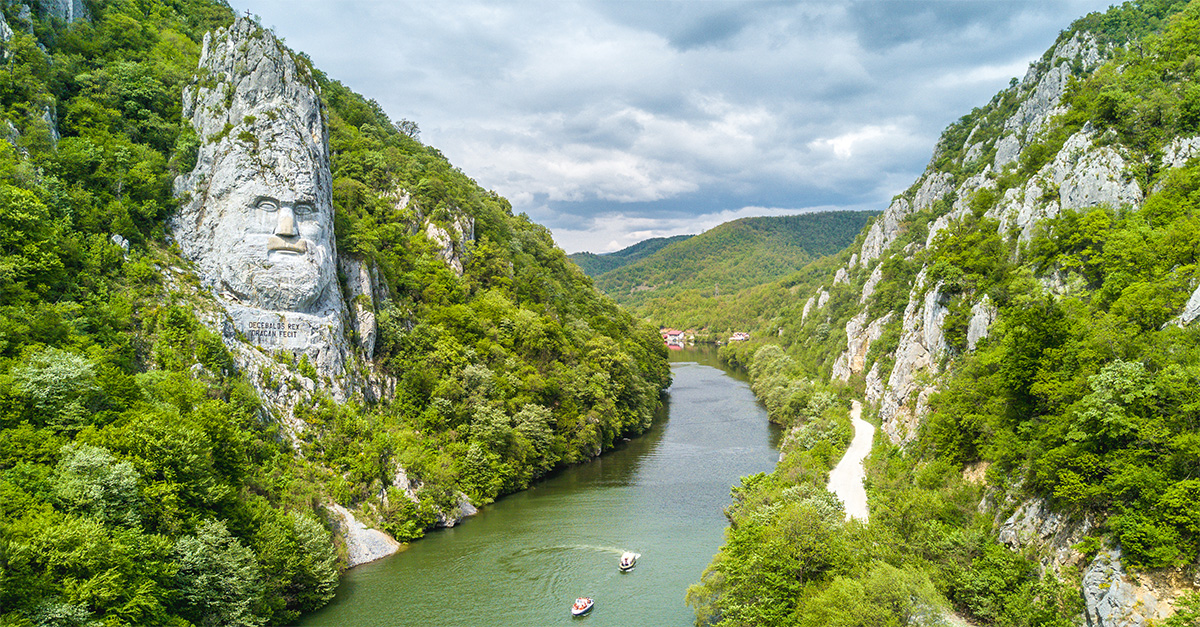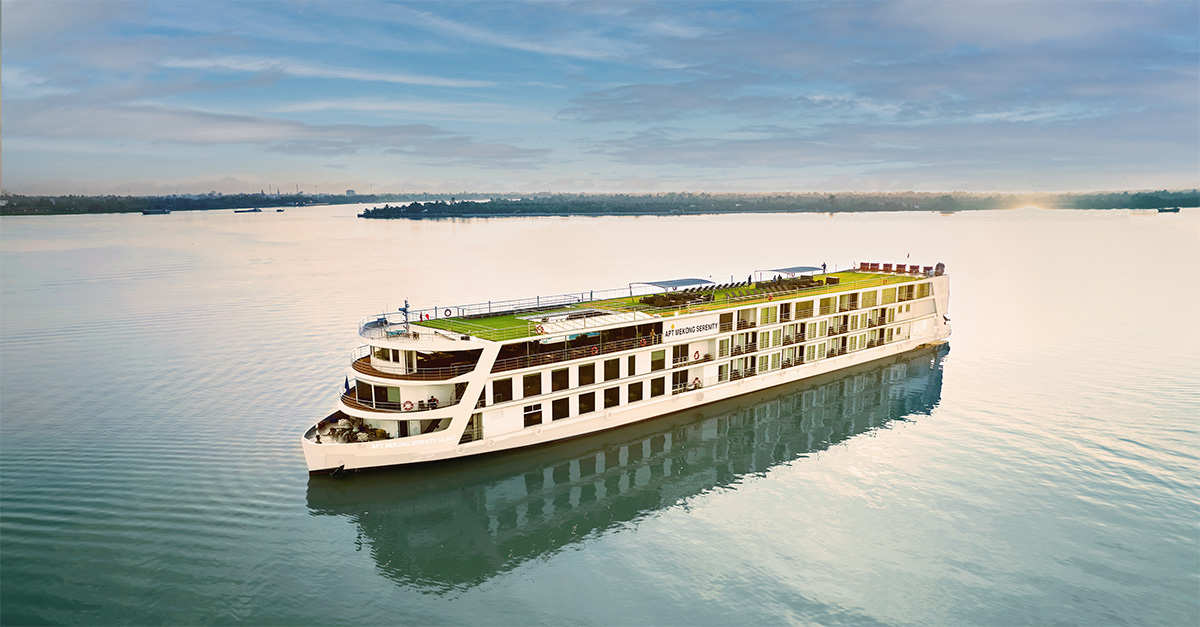Take a breath of fresh air with a wellness weekend on Italy’s Amalfi Coast
Far above the convent stands, leans a monk with folded hands, placid, satisfied, serene,’ wrote American poet Henry Wadsworth Longfellow in his poem Amalfi, published in 1875.
A century and a half later, that same sense of peace pervades the air as we lie back on yoga mats for a breathwork session in the cloisters of the original 13th-century monastery that Longfellow referenced, now transformed into the atmospheric heart of a five-star hotel.
The breeze drifts in from the Tyrrhenian Sea, bringing with it the occasional blast of a car horn from the streets of nearby Amalfi town – this is still Italy, after all, and these coastal roads have more than a few hair-raising bends – but any everyday stresses float away as we focus our energies on mindful breathing techniques with psychotherapist and breathwork coach Maria Betteghella.

“Breath is actually a way of enlightenment,” she says. “The Eastern religions are more familiar with this as a way of enlightening body and mind at the same time. We in the West need this as an answer to our frenetic lives, but it’s free from religious tones so if you don’t believe you don’t need to – it’s something you can learn and take into your everyday life.”
As she encourages us to slow our breathing down to a more relaxed pace, I’m not sure whether it’s the spiritual setting or the simple act of concentrating on something we normally do without a second thought, but I emerge feeling calmer than ever.
The breathwork session is among a new series of wellness activities introduced to the resort this year, along with outdoor yoga and meditation in the cloisters plus a new treatment menu in the spa, bringing together this historic setting with the modern-day desire to disconnect from our busy lives.

Anantara Convento di Amalfi
From the moment we arrive at the Anantara Convento di Amalfi Grand Hotel – which was part of the Minor Hotels-owned NH Collection until a refurb in 2023 saw it pass to sister luxury brand Anantara – it feels like a quiet enclave set apart from the always-busy Amalfi Coast.
Set on a steep cliffside surrounded by terraced vineyards and terracotta-roofed buildings jutting out into the Gulf of Salerno, it’s clear why the order of Capuchin monks who built the first monastery here in 1213 chose this scenic spot as their home.

We announce our arrival as visitors of old once did, with a heavy clang of the Mulattiera bell used by guests travelling along the mule path to alert the monks of their approach. We check in to see how the friars’ former cells have been transformed into spacious luxury suites, though still featuring their original stone walls and arched ceilings, all overlooking the sea.
In fact, almost everything comes with a side of sea views here, from the small infinity pool and outdoor gym to fragrant orange and grapefruit groves amid a kitchen garden that grows mint, basil, lavender and plump, sweet tomatoes used in Dei Cappuccini restaurant’s sumptuous Caprese salad.

That’s not forgetting the rows of trees heavy with Amalfi’s famous lemons, world-renowned for their unusual size and sweetness. These make their way into everything here, including the creamy lemon delice dessert and even the lemon-infused oil and locally made La Selva Positano scrub used in the spa’s new Citrus Massage Experience.
Activities in Amalfi
The property also offers unbeatable views over Amalfi, the town that lent its name to this rugged coastline. We stroll down the steep path into its buzzing centre in the presence of Friar Marcus (pictured), a German-born Franciscan friar based at a monastery in nearby Ravello, who lends his services to the hotel to lead tours and meditation sessions with a twist.
“He’s the most important person in the hotel,” says general manager Estelle Vassallo. “The guests love him. He’s a walking encyclopedia. A lot of experiences are related to him because he represents the convent – it makes sense that you walk around a monastery and see a friar.”
Dressed in his traditional habit, he takes us from the Passage of the Monks, a pergola-covered walkway draped with bougainvillea and 100-year-old fig trees, down a steep, step-filled path into the town.
He seems to be a bit of a local celebrity, going by the number of people who stop to update him on their latest news, as he guides us through the centre to the grand facade of St Andrew’s Cathedral, so named because it houses the apostle’s relics. He highlights points of interest, talking us through the area’s melting pot of influences from centuries of Greek, Byzantine and Arab settlers – each leaving a little of their own food and culture behind – offering a fascinating introduction to the history of La Divina Costiera (The Divine Coast).
Even in the shoulder seasons, Amalfi heaves with tourists, so suggest clients swap summer for spring or autumn instead. Winter even offers a sunny, if not scorching, alternative, and the Anantara property is one of few that remain open after the peak season has ended, closing only for a couple of months between mid-January and mid-March.
We slip away from the busy squares into a small ceramics studio and workshop, poised to learn about another Amalfi tradition. The hole-in-the-wall shop is crammed with floor-to-ceiling shelves sagging under the weight of plates, bowls, jugs and vases in bright turquoise, reds and yellows.
I scuttle through, scared one wrong move might send the highly prized, hand-painted pieces crashing to the floor, to a small back-room studio where local ceramicist Maurizio Sersante has set up tiles and glazes for us to have a go.
He’s the second in this three-generation family business, taking after his father and passing the skill on to his son, and explains with a little help from Google Translate how to follow the traditional pattern.
It’s harder than it looks under his expert hands, but after an hour of quiet concentration, I produce something passable enough to merit being fired in the kiln that sits in the corner of the workshop.
Once again, this place has injected a moment of peace into a packed day. Just like Longfellow’s monks, there must be something in the Amalfi air that leaves us all feeling placid, satisfied and most of all, serene.

Book it
Classic Collection offers five nights at Anantara Convento di Amalfi Grand Hotel from £2,219, based on two adults sharing a Deluxe Sea View Room on a B&B basis, with Wizz Air flights from Gatwick, hold luggage and transfers, departing April 2. Weekly yoga sessions are held in spring and summer free of charge, or €145 for a private hour-long class.
classiccollectionagents.co.uk
3 of the best Amalfi dishes and drinks
Gragnano Pasta
The self-styled pasta capital of the world, Gragnano is said to have produced the Italian favourite since the mid-fifth century, always served perfectly al dente thanks to its content of high-quality durum wheat. It was the first place to dry pasta rather than serving it fresh, dubbing it ‘oro di Gragnano’ – the Gragnano gold.
Pompeii Pizza
Italian food doesn’t get much more traditional than pizza – it was even enjoyed by the people of Pompeii, if a fresco recently uncovered by archaeologists is anything to go by. Restaurant La Locanda della Canonica, which has a hefty pizza oven that had to be airlifted in by helicopter, has recreated the 2,000-year-old dish from Pompeii in a pizza topped with walnuts, lemon zest, olives and anchovies.
Amaro
This herbal liqueur was traditionally produced by monks for its medicinal properties and as an extra source of income for the monastery, creating an after-dinner digestif with an earthy, bitter taste.

PICTURES: Richard Waite




